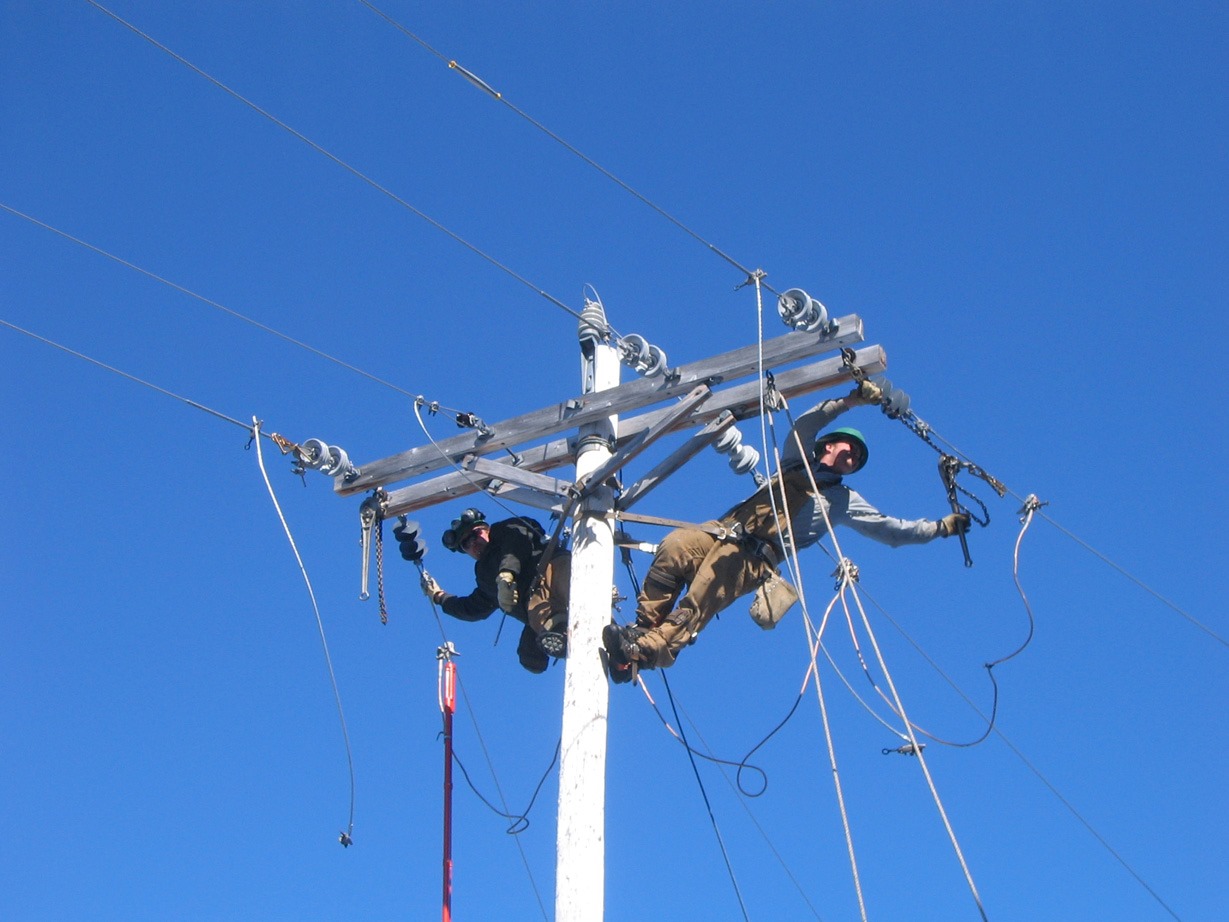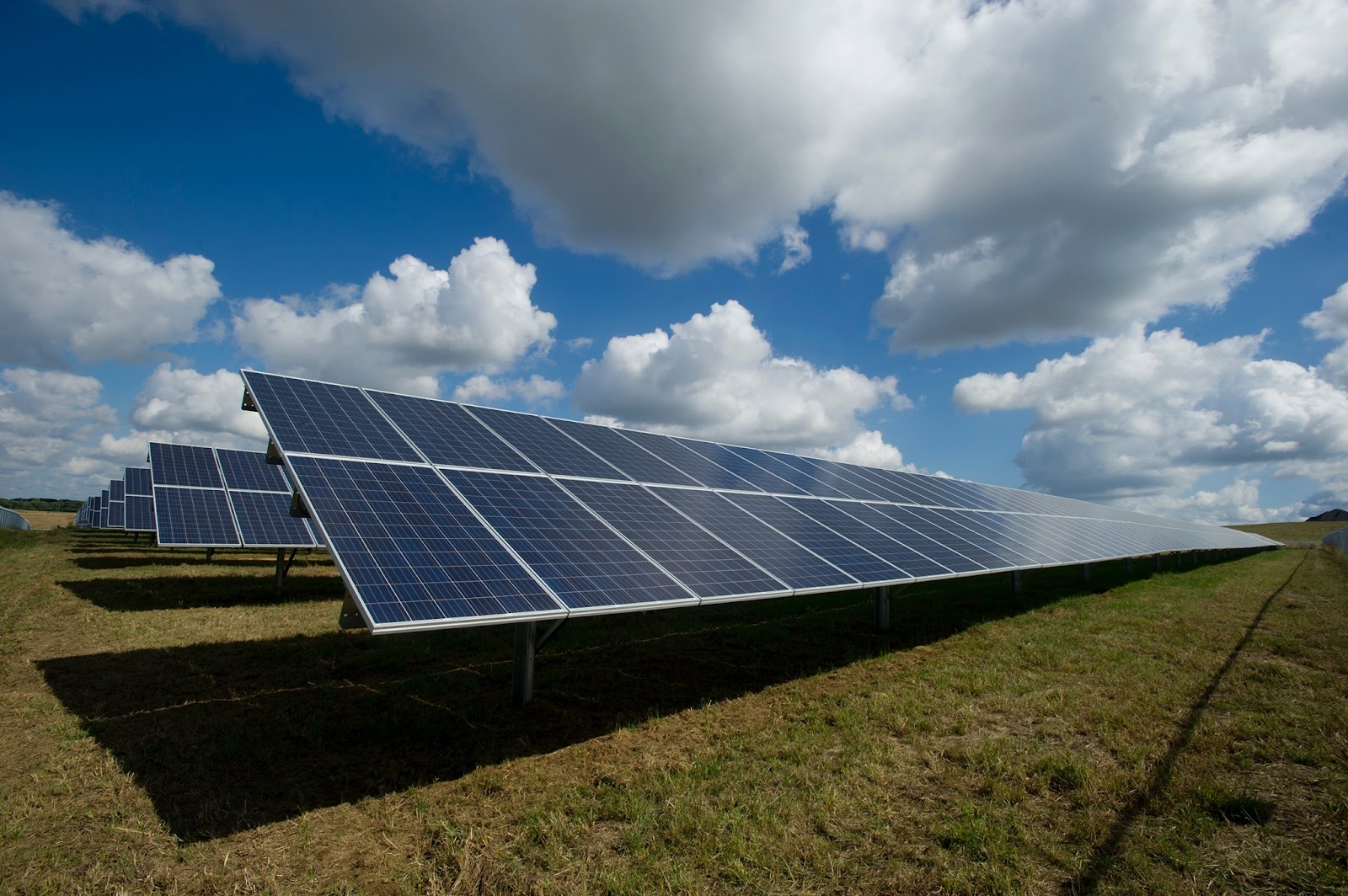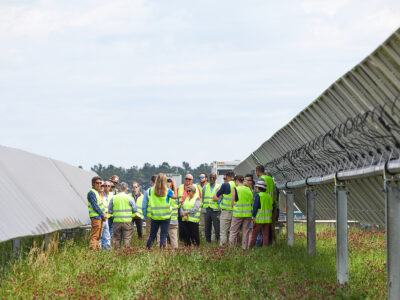A 2024 National Renewable Energy Laboratory (NREL) report confirmed what many energy experts have long suspected: transitioning Alaska’s Railbelt power system to renewable energy makes economic sense. The Railbelt grid, which stretches from Fairbanks to Homer on the Kenai Peninsula, is the biggest grid in the state, accounting for approximately 75% of Alaska’s electricity. The comprehensive cost analysis reveals that building large-scale renewable energy projects could save customers in this region of Southcentral Alaska a significant amount of money compared to relying on imported natural gas.
The analysis provided the Alaska State Legislature with data to evaluate the adoption of an 80% Renewable Portfolio Standard (RPS) by 2040. With the adoption of such an RPS, the state would need to ensure that 80% of the electricity sold by utilities comes from clean sources. It was prepared in the face of a looming natural gas shortage from declining Cook Inlet production, with utilities preparing for potentially expensive imported natural gas solutions.
The latest report follows a 2022 study by NREL, which found that clean energy could meet at least 80% of the Railbelt’s energy needs through various combinations, including different hydropower, tidal, geothermal, solar, wind, and battery developments. The Department of Energy’s (DOE) Arctic Energy Office explained, “The study showed that while generation from renewable sources does vary, it is possible to design the Railbelt electricity system in such a way that it keeps the lights on 24-7 and does so using 80% renewable energy.” Additionally, the study revealed that an 80% RPS could result in annual fuel cost savings of $426 to $506 million.

Photo Courtesy Renewable Energy Alaska Project – REAP
After analyzing the costs of these different scenarios, NREL’s new analysis shows that achieving an 80% renewable energy portfolio by 2040 is not only possible but would also deliver substantial economic benefits for customers. Between 2024 and 2040, the DOE’s Office of Energy Efficiency & Renewable Energy estimates that the incremental savings from renewables could reach $126 million annually, totaling $1.3 billion cumulatively.
The economic advantages stem primarily from two factors: the projected high cost of imported liquefied natural gas and the 40% investment tax credits for clean energy projects established by the Inflation Reduction Act. The department explains, “The cost of new renewables is cheaper than the cost of the alternative—using natural gas in existing gas plants. This is due to the anticipated high cost of imported liquified natural gas and technology improvements, along with the 40% tax credits for solar and wind in the Inflation Reduction Act.”
NREL elaborated in the report, “The model identifies wind and solar resources that have lower life cycle costs than running existing natural gas plants as early as 2025, particularly because the model foresees the increase in natural gas costs occurring in 2028. Additional wind and solar resources achieve breakeven conditions in subsequent years, and by about 2030, many of the potential wind and solar resources in the Railbelt region have lower costs than operating any existing gas plant in the system.”

Photo Courtesy Renewable Energy Alaska Project – REAP
Most impressively, NREL found that even without an official RPS, the least-cost scenario would naturally lead to approximately 76% renewable generation by 2040. The net savings in the least-cost scenario would reach over $100 million per year by the beginning of the next decade. In a scenario where the cost of renewables drops by 10%, savings could increase further by approximately $20 million per year, totalling $220 million cumulatively from 2024 through 2040.
The transition would require substantial infrastructure development, creating numerous job opportunities. Reaching the lowest-cost case would involve installing 1,679 MW of renewable capacity by 2040 — a massive construction undertaking that would spur employment across construction, manufacturing, and operational sectors. “It’s a big task, but it’s also doable,” notes the DOE’s Arctic Energy Office.
Utilities across the Railbelt are already moving in this direction. With 263 MW of renewables already on the grid and multiple utilities issuing requests for proposals for new renewable projects at the time of the report, Alaska is well-positioned to create a more resilient, affordable energy system while stimulating economic growth. As the Arctic Energy Office explains, “NREL’s study shows that a path of creating a modern energy system—one that includes new jobs and uses local renewable energy resources—is more affordable than doing nothing and relying on imported gas.”
This article was created on April 25, 2025 with the assistance of the generative artificial intelligence (AI) tool Claude 3.7 Sonnet, using the linked company websites, press releases, reports, or external media coverage as inputted source material. It was then reviewed, fact-checked, and edited by one or more team members to ensure factual accuracy and consistency with editorial standards before publication.
While we strive for precision, reliability, and quality, readers should be aware that AI-generated content may have limitations in contextual awareness and nuance and may not be completely unbiased, consistent, error-free, or up-to-date. We recommend using this content only for informational purposes, as well as independently verifying it or conducting further research to supplement it. If you notice any inaccuracies or have concerns about this content, please contact our research manager at greg@consensus-digital.com.





